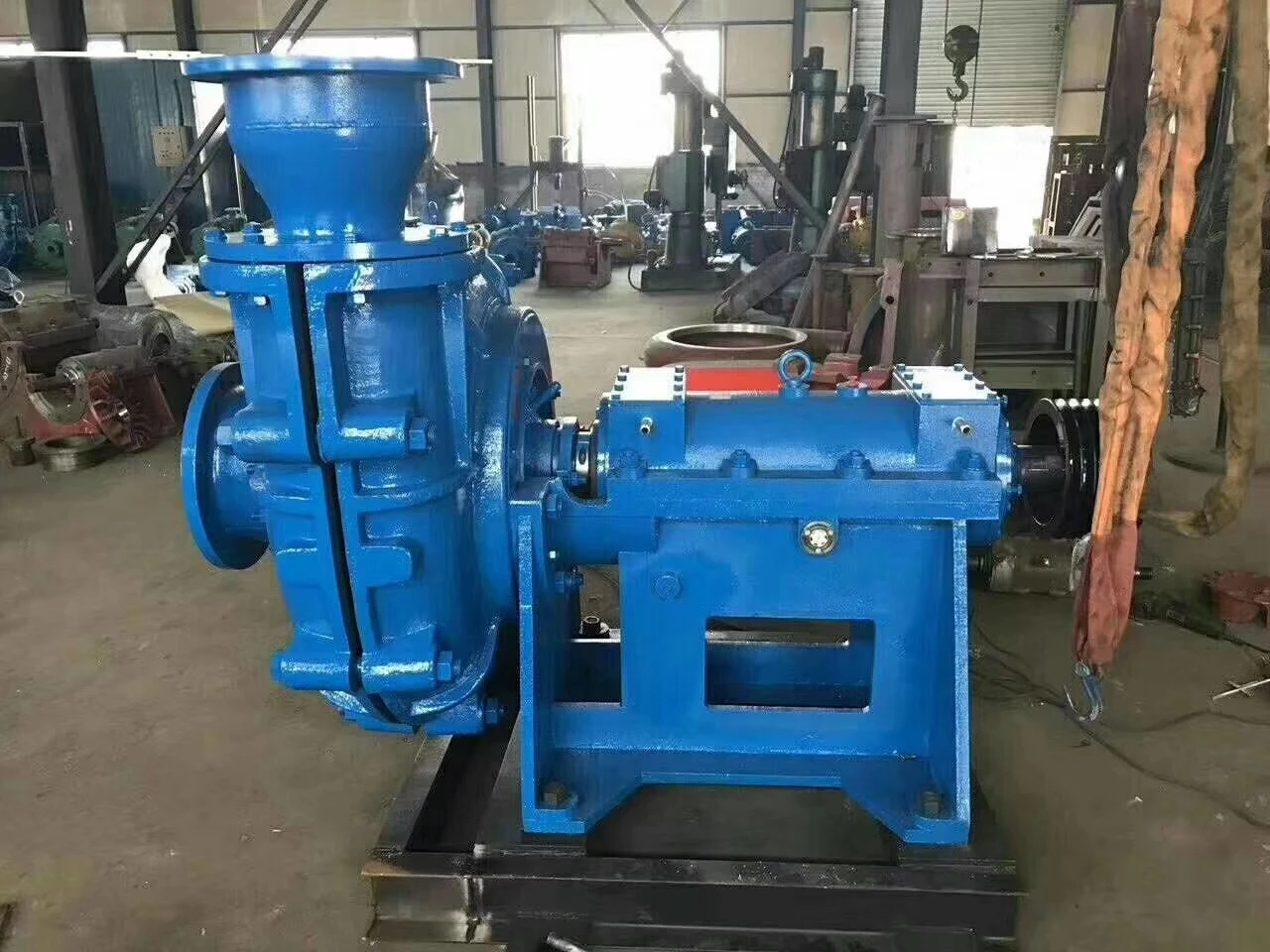Turkmen
- Afrikaans
- Albanian
- Amharic
- Arabic
- Armenian
- Azerbaijani
- Basque
- Belarusian
- Bengali
- Bosnian
- Bulgarian
- Catalan
- Cebuano
- Corsican
- Croatian
- Czech
- Danish
- Dutch
- English
- Esperanto
- Estonian
- Finnish
- French
- Frisian
- Galician
- Georgian
- German
- Greek
- Gujarati
- Haitian Creole
- hausa
- hawaiian
- Hebrew
- Hindi
- Miao
- Hungarian
- Icelandic
- igbo
- Indonesian
- irish
- Italian
- Japanese
- Javanese
- Kannada
- kazakh
- Khmer
- Rwandese
- Korean
- Kurdish
- Kyrgyz
- Lao
- Latin
- Latvian
- Lithuanian
- Luxembourgish
- Macedonian
- Malgashi
- Malay
- Malayalam
- Maltese
- Maori
- Marathi
- Mongolian
- Myanmar
- Nepali
- Norwegian
- Norwegian
- Occitan
- Pashto
- Persian
- Polish
- Portuguese
- Punjabi
- Romanian
- Russian
- Samoan
- Scottish Gaelic
- Serbian
- Sesotho
- Shona
- Sindhi
- Sinhala
- Slovak
- Slovenian
- Somali
- Spanish
- Sundanese
- Swahili
- Swedish
- Tagalog
- Tajik
- Tamil
- Tatar
- Telugu
- Thai
- Turkish
- Turkmen
- Ukrainian
- Urdu
- Uighur
- Uzbek
- Vietnamese
- Welsh
- Bantu
- Yiddish
- Yoruba
- Zulu
Telephone: +86 13120555503
Email: frank@cypump.com
Nov . 10, 2024 01:19 Back to list
Efficient Solutions for Mining Slurry Pumping and Management Techniques
Understanding Mining Slurry Pumps Essential Components of the Mining Industry
Mining operations are complex and demanding, requiring specialized machinery to handle various challenges. Among these, mining slurry pumps play a crucial role. Designed to transport heavy and viscous mixtures of water and solid materials, slurry pumps are indispensable in the mining industry, particularly in the processes of mineral extraction, processing, and transportation.
What are Slurry Pumps?
Slurry pumps are centrifugal pumps specifically engineered to move slurry—an abrasive mixture of liquid and solid particles. These pumps are capable of handling a wide range of material types, including coal, copper, gold, and many others found in mining operations. The durability and efficiency of slurry pumps make them ideal for applications where traditional pumps would fail due to wear and tear from abrasive materials.
Key Features and Design
The design of mining slurry pumps is tailored to meet the rigorous demands of transporting slurries
. One of their key features is the use of robust materials that can withstand corrosive and abrasive substances. Common materials include high-chrome iron, rubber linings, and other composite materials that provide resistance to wear.Another important aspect of slurry pump design is the impeller and casing configuration. The impeller, which is the rotating part of the pump, is often designed with a wider passage to reduce the chances of clogging and to handle the solid particles effectively. Additionally, the pump casing is typically volute-shaped to ensure optimal performance and minimize energy consumption during operation.
Operating Principles
Mining slurry pumps operate on the principle of centrifugal force. When the impeller rotates, it creates a vacuum that draws the slurry into the pump chamber. The kinetic energy generated by the impeller then converts into pressure energy, pushing the slurry out through the discharge port.
mining slurry pumps

The efficiency of slurry pumps can be influenced by various factors, including viscosity, specific gravity of the solids, and the size distribution of the particles. Understanding these variables is essential for selecting the right pump for a specific application, ensuring maximum efficiency and reducing operational costs.
Applications in the Mining Industry
Mining slurry pumps are employed in multiple stages of the mining process. They are primarily used for transporting slurries from the extraction site to processing plants. This includes transferring tailings—waste material left after the valuable minerals have been extracted—to tailings management facilities.
Moreover, slurry pumps also play a role in the thickening and filtration processes. In mineral processing, slurries must be thickened to concentrate the mineral content before further processing. Pumps are vital for transporting these thickened slurries to filtration units where water is removed, allowing for the recovery of valuable minerals.
Challenges and Considerations
Despite their robustness, slurry pumps face unique challenges. Abrasive materials can lead to wear, requiring regular maintenance and timely replacements of wear parts. Additionally, managing the viscosity and concentration of the slurry is crucial to maintain pump performance and avoid blockages.
To mitigate these issues, operators must monitor the pump’s performance closely and conduct routine maintenance. Advances in technology, such as smart monitoring systems and predictive maintenance, are increasingly being implemented to enhance the reliability and longevity of slurry pumps in mining operations.
Conclusion
Mining slurry pumps are integral to the mining industry, ensuring the efficient transfer of slurries that are vital for mineral extraction and processing. Their specialized design, operating principles, and applications highlight their importance in maintaining operational efficiency. As the mining sector continues to evolve, so too will the technologies surrounding slurry pumps, paving the way for more sustainable and efficient mining practices. Understanding the significance and function of these pumps is essential for anyone involved in the mining industry, ensuring the optimally engineered solutions are utilized to meet the demanding challenges of mineral extraction.
-
High-Performance Slurry Sand Pump Anti Abrasive & Durable Sand Slurry Pump Solutions
NewsJul.05,2025
-
High-Efficiency Slurry Pump Mechanical Seal – Reliable, Durable, Easy Installation
NewsJul.05,2025
-
Clear Water Pump – High Performance, Durable & Reliable Pumps for Clean Water Solutions
NewsJul.04,2025
-
FS19 Slurry Pump for Efficient Handling - Fast Delivery from China, Vertical & IDB35 Models Available
NewsJul.04,2025
-
China Small Slurry Pump Manufacturer - High Efficiency Small Centrifugal Slurry Pumps for Mining & Industry
NewsJun.24,2025
-
Custom Drilling Mud and Slurry Pump Supplier - High Efficiency, Tailored Solutions
NewsJun.10,2025










